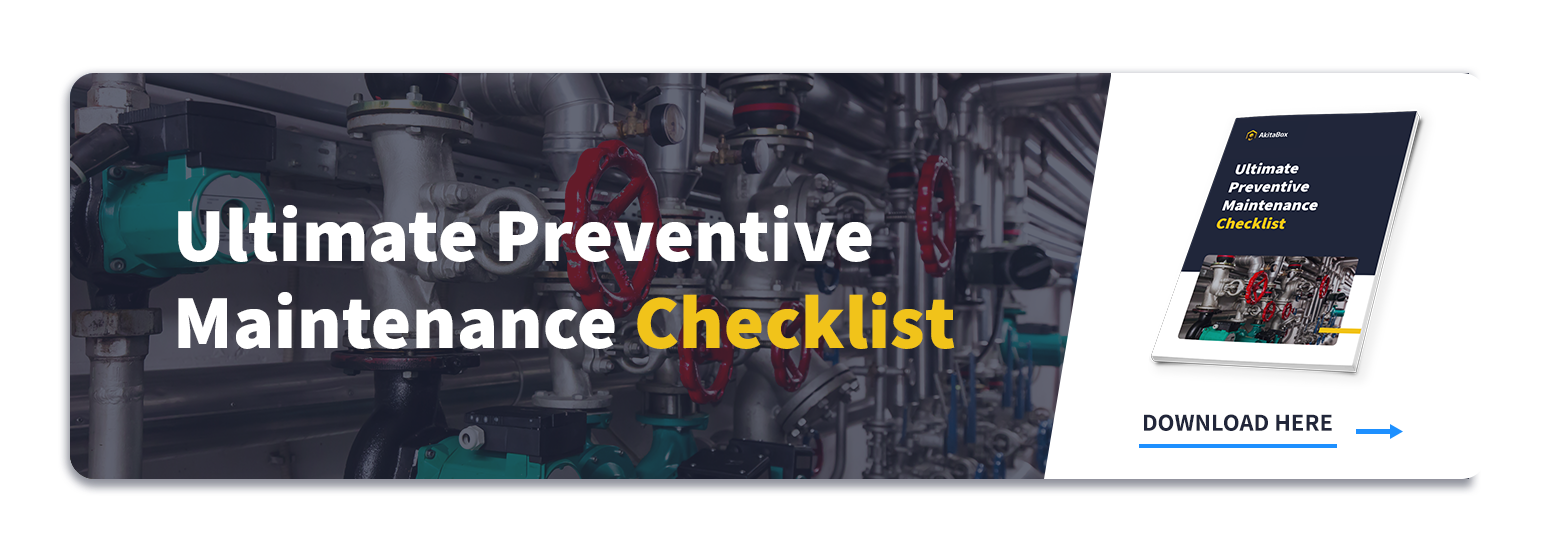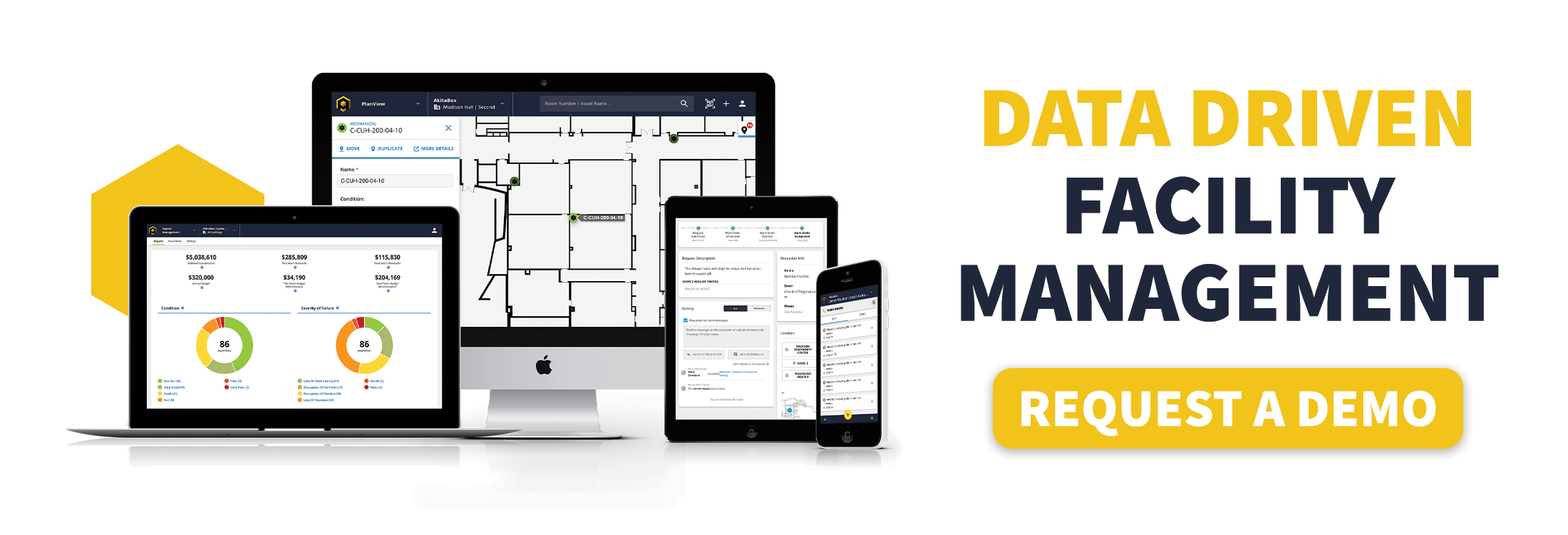Energy use is one of the largest operating costs of a building. Yet 30% of the energy used in commercial buildings is wasted, on average. Considering the average cost of utilities for commercial buildings is $2.10 per square foot, that’s a lot of money going down a drain or out a window.
Making sustainable, eco-friendly changes to your everyday operations can save you hundreds (or even thousands) of dollars a year. From water dispensers to window shades, there are countless ways (both big and small) your organization can become more energy efficient.
Here are five easy ways to start going green in your facilities that are simple enough to start today.
How to Make Your Building More Eco-Friendly
1. Get smart about lighting
A simple way to improve your facility’s energy consumption is to invest in energy-efficient lighting solutions. “Smart lighting” refers to high-efficiency lighting options. These include energy-efficient light fixtures, automatic light dimmers, and lighting systems that connect to occupancy sensors, motion detectors, or daylight sensors. These solutions help automate your energy consumption by adapting to constant changes in occupancy and natural light.
Retrofitting your facility’s outdated lighting is a great way to see a quick, guaranteed return on investment.
If funds are tight, start by upgrading standard light bulbs to LEDs, which can last 15 to 25 times longer than traditional light bulbs. Or, consider installing skylights to take advantage of natural light during the day.
2. Reduce your building’s water consumption
Lowering your water bill is easier than you may think. Start by installing low-flow plumbing fixtures in your facility’s restrooms. You may find it useful to utilize low-flow versions of flush valves, sink aerators, and faucets.
If your budget allows, consider installing touch-free faucets. These faucets keep water running only when a person’s hands are underneath, preventing users from accidentally leaving faucets running for longer than necessary.
Next, boost the efficiency of your building’s cooling towers. Cooling towers operate by removing heat from a building’s air conditioning system by evaporating condenser water. Since cooling towers are constantly losing water through evaporation, they can make up a large portion of a building’s water usage. Regularly inspect and repair your cooling towers and boiler systems so they continue operating optimally.
Pro Tip: Equip your building’s cooling tower with overflow alarms. An alarm prevents overflow of the sump in case of water valve failure.
3. Leverage a strong preventive maintenance plan
Another way to make your facilities more sustainable is by implementing a preventive maintenance routine. Equipment lasts longer and performs better if it’s correctly maintained. That means less waste from assets not being used for their full useful life – which costs you more money – and more savings because you’re not constantly replacing equipment or making emergency repairs to it.
The best way to implement a preventive maintenance plan is by choosing a software that can automate the process and keep detailed records on your assets. The right software lets you track an asset’s age, previous issues, and maintenance history as well as schedule the appropriate preventive work.
As an added benefit, using an automated facility software eliminates paper work orders and service requests that ultimately pile up, get lost, or end up thrown away. Plus, your team’s efficiency will likely improve and you’ll eliminate paper waste in the process.
4. Find green cleaning alternatives
Another easy way to see green results in your facilities is by choosing environmentally friendly cleaning supplies for your janitorial staff. While these cleaners have a direct impact on the world we live in (less runoff into water bodies and fewer toxic chemicals being released into the air), they can also provide a safer working environment for your team.
Just be wary of products claiming to be “eco-friendly” or “biodegradable.” They’re buzzwords, and brands don’t always have the data to back up those claims. Instead, look for the EPA’s Safer Choice label, which designates a product as meeting the expectations for its Design for the Environment (DFE) program.
An automated work order system can help you track which cleaners are being used when and where. It can also store information on which cleaners should be used to meet operational & maintenance standards.
Are green cleaning products really worth the cost? Many suppliers are beginning to offer greener alternatives for cleaning supplies at competitive prices. In addition to helping the environment, green cleaning supplies also keep the air quality and working conditions healthier for employees, mitigating risk from exposure to dangerous substances and decreasing the chances employees miss work due to health issues.
5. Use energy-saving electrical sockets
A significant energy cost that many facilities forget is “standby power draw.” This term refers to power consumed by electronics, even when they are switched off or in standby mode. Televisions, sound systems, computers, and some device chargers are all examples of devices that use standby power.
Did you know that standby power can cost your facility hundreds of dollars per year? One foolproof way of preventing devices from consuming extra power is by unplugging them completely. However, facilities can also utilize automatic shutdown sockets to cut power to devices. These “smart” sockets use infrared sensors or timers to shut off power to a room that is unoccupied, or to devices that aren’t in use.
Want a more budget-friendly solution? Plug devices into power strips with on/off switches. When switched off, power strips ensure devices do not draw power when they’re not actively being used.
Be Sure to Benchmark
A smart first step in improving energy efficiency and sustainability in your facilities is by determining what’s happening in your buildings right now. This is called benchmarking. A simple audit can help you better understand your current situation and identify areas that can be improved.
Research by the U.S. EPA found that benchmarking a building’s energy use causes an average energy savings of 2.4% per year that accrues over time, resulting in an 8 -10% total reduction in annual energy use.
Benchmarking your current energy or water use against an accepted standard (like LEED or Energy Star) as well as other buildings in your organization can help you identify opportunities for improvement. You might even discover parts of the organization that are doing something right and can provide a good example to follow.
Read More: Data: The Ultimate Tool to Reach Your ESG Goals
Assessment software from AkitaBox makes it easy to collect benchmarking data and analyze it to identify problem areas. It also ties into AkitaBox’s complete facilities management suite of maintenance management and asset management tools. That means all of your sustainability data and facilities management data lives in one place for easier monitoring and management.
Watch how effortlessly you can collect data. See how simple it can be to maintain visibility into your energy efficiency efforts. Schedule a customized demo to see AkitaBox in action!
Resources
Sustainable Buildings Checklist
Building Energy Benchmarking and Transparency: Overview for State and Local Decision Makers
Commercial Real Estate: An Overview of Energy Use and Energy Efficiency Opportunities
Operation and Maintenance Best Practices for Energy-Efficient Buildings
Building Operator Certification for Energy Efficient Building Operation
Roadmap for Integrated Sustainability



